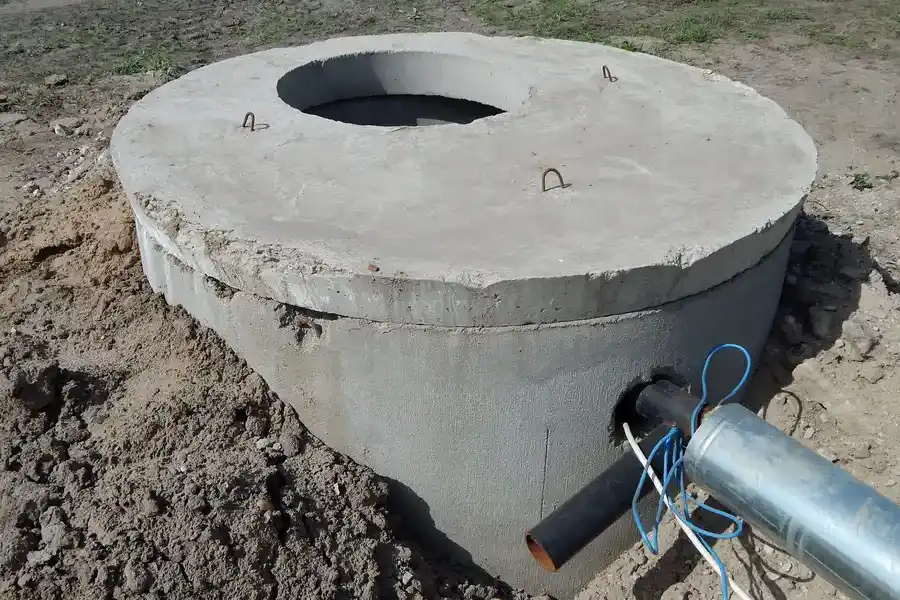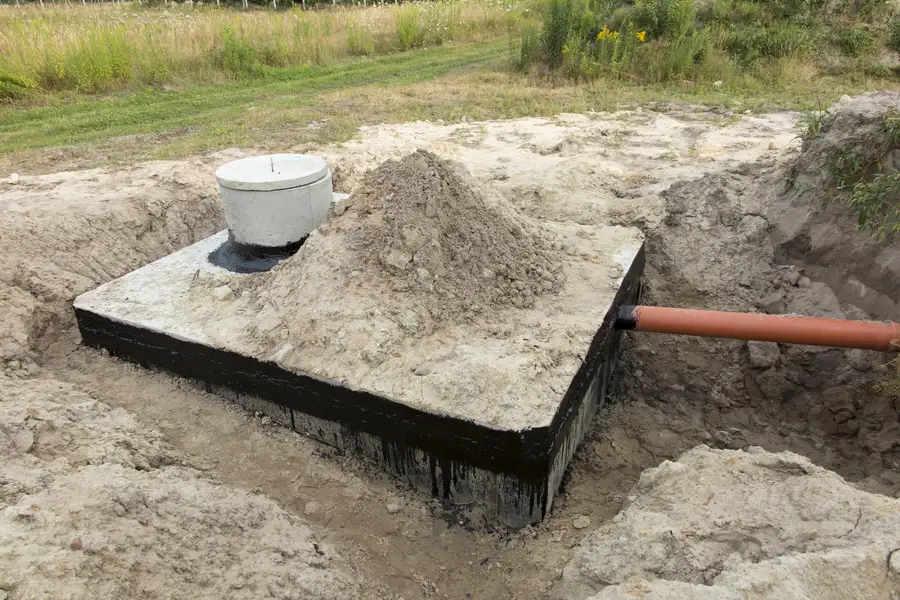The Steps Involved in Getting a Permit
When planning to install a septic system, navigating the permitting process is crucial. The permit ensures that your installation meets health and safety standards. This guide will help you understand each step involved, from initial application to final approval.

Why Permits Are Essential
Permits are vital because they ensure your septic system meets local regulations. They protect public health by making sure the system operates efficiently and safely. Without a proper permit, you could face fines or be required to remove an unapproved system.
Initial Application Requirements
The first step in the permitting process is submitting an application to your local health department. This document typically requires a site plan of your property. It also needs details about the proposed septic tank installation, such as the number of bedrooms in your home and soil conditions on-site.

Site Evaluation Process
A site evaluation involves assessing the land where the septic system will be installed. A professional will examine soil quality and drainage capabilities. This inspection helps determine the best placement for the septic tank installation, ensuring optimal function and compliance with local rules.
Design Approval
After the site evaluation, you’ll need to submit detailed design plans for approval. These plans should include the type and size of the septic system and layout specifications. Approval ensures that your system will work effectively and complies with environmental guidelines.
Installation Guidelines
Once you have all necessary approvals, you can begin installing your septic system. It’s important to follow all guidelines provided by the local authorities during this phase. Ensuring proper installation prevents operational issues and future costs related to repairs or modifications.
Final Inspection and Approval
The last step is a final inspection by local officials. They will verify that the installation matches approved plans and adheres to all regulations. Once passed, you receive a certificate of completion, confirming legal use of your new septic system.
Cost Considerations With Septic Installations
The cost of obtaining permits varies depending on location and specific requirements of your project. Factors include application fees, professional assessments, and potential redesigns if initial plans don’t meet standards. Always budget for these expenses to avoid financial surprises.
Expert Tips for Smooth Permitting
- Start the application process early to account for any delays
- Hire experienced professionals for evaluations and installation
- Stay informed about local regulations
- Keep thorough records of all documentation and approvals
- Plan for possible changes based on feedback from inspections
Moving Forward With Your Septic Project
If you’re ready to tackle your septic installation project, understanding the permitting process is key. By following these steps, you ensure a smooth experience while complying with all necessary regulations. Contact me at (903) 343-2534 for expert advice tailored to your needs. Based in Tyler, TX, I am dedicated to helping you navigate these requirements efficiently. Partnering with JR Septic Tank Installing & Repairing Services LLC guarantees your project progresses smoothly from start to finish.
